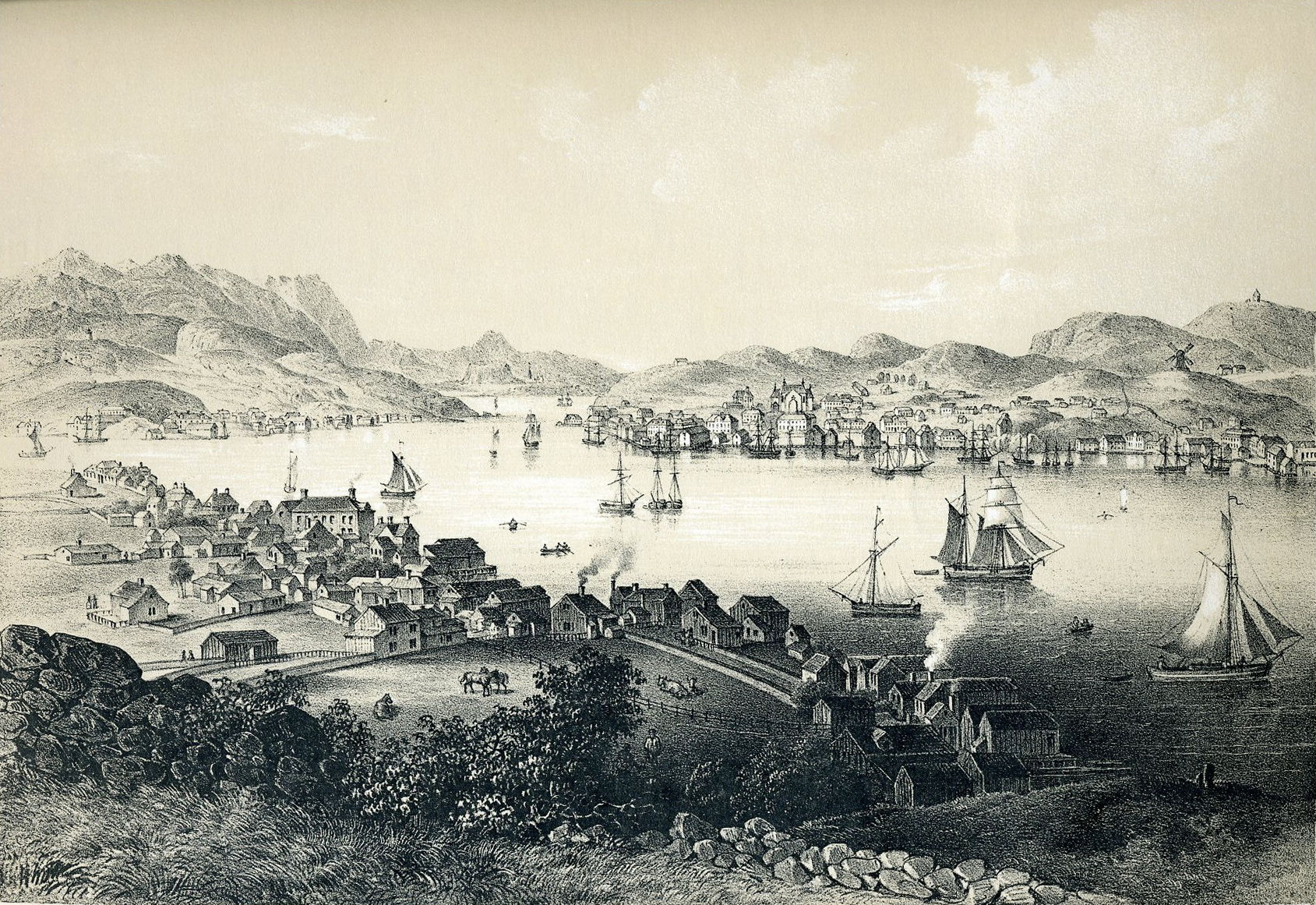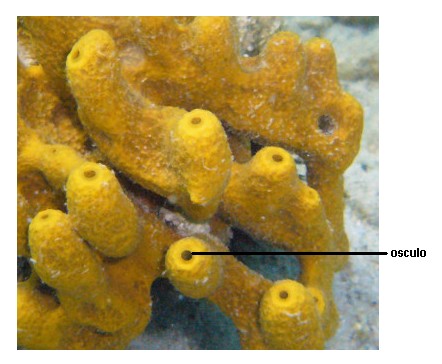|
Clathrina Cribrata
''Clathrina cribrata'' is a species of calcareous sponge in the family Clathrinidae. The holotype was collected from Kristiansund Kristiansund (, ; historically spelled Christianssund and earlier named Fosna) is a municipality on the western coast of Norway in the Nordmøre district of Møre og Romsdal county. The administrative center of the municipality is the town of ..., Norway. Description ''Clathrina cribrata'' is a massive species with its body formed from a network of large, irregular tubes. Some of these extend above the main body of the sponge as blind tubes and others are open-ended, serving as osculi. This sponge contains only one type of calcareous spicule. These are three-rayed spicules, known as triactines, and are distributed throughout the tissues in an unorganized way. References Clathrina Animals described in 2001 Fauna of Norway {{calcarea-stub ... [...More Info...] [...Related Items...] OR: [Wikipedia] [Google] [Baidu] |
Species
In biology, a species is the basic unit of classification and a taxonomic rank of an organism, as well as a unit of biodiversity. A species is often defined as the largest group of organisms in which any two individuals of the appropriate sexes or mating types can produce fertile offspring, typically by sexual reproduction. Other ways of defining species include their karyotype, DNA sequence, morphology, behaviour or ecological niche. In addition, paleontologists use the concept of the chronospecies since fossil reproduction cannot be examined. The most recent rigorous estimate for the total number of species of eukaryotes is between 8 and 8.7 million. However, only about 14% of these had been described by 2011. All species (except viruses) are given a two-part name, a "binomial". The first part of a binomial is the genus to which the species belongs. The second part is called the specific name or the specific epithet (in botanical nomenclature, also sometimes i ... [...More Info...] [...Related Items...] OR: [Wikipedia] [Google] [Baidu] |
Calcareous Sponge
The calcareous sponges of class Calcarea are members of the animal phylum Porifera, the cellular sponges. They are characterized by spicules made of calcium carbonate in the form of calcite or aragonite. While the spicules in most species have three points, in some species they have either two or four points. Biology All sponges in this class are strictly marine, and, while they are distributed worldwide, most are found in shallow tropical waters. Like nearly all other sponges, they are sedentary filter feeders. All three sponge body plans are represented within class Calcarea : asconoid, syconoid, and leuconoid. Typically, calcareous sponges are small, measuring less than in height, and drab in colour. However, a few brightly coloured species are also known. Calcareous sponges vary from radially symmetrical vase-shaped body types to colonies made up of a meshwork of thin tubes, or irregular massive forms. The skeleton has either a mesh or honeycomb structure. Classifica ... [...More Info...] [...Related Items...] OR: [Wikipedia] [Google] [Baidu] |
Family (biology)
Family ( la, familia, plural ') is one of the eight major hierarchical taxonomic ranks in Linnaean taxonomy. It is classified between order and genus. A family may be divided into subfamilies, which are intermediate ranks between the ranks of family and genus. The official family names are Latin in origin; however, popular names are often used: for example, walnut trees and hickory trees belong to the family Juglandaceae, but that family is commonly referred to as the "walnut family". What belongs to a family—or if a described family should be recognized at all—are proposed and determined by practicing taxonomists. There are no hard rules for describing or recognizing a family, but in plants, they can be characterized on the basis of both vegetative and reproductive features of plant species. Taxonomists often take different positions about descriptions, and there may be no broad consensus across the scientific community for some time. The publishing of new data and opini ... [...More Info...] [...Related Items...] OR: [Wikipedia] [Google] [Baidu] |
Clathrinidae
Clathrinidae is a family of calcareous sponges in the order Clathrinida. It contains the following genera: ''Arturia'' '' Borojevia'' '' Brattegardia'' ''Clathrina'' ''Ernstia ''Ernstia'' is a genus of calcareous sponges in the family Clathrinidae. The genus was erected in 2013 to contain five species previously assigned to ''Clathrina''. The genus name honors German naturalist Ernst Haeckel for his contributions towar ...'' '' Nicola'' References {{calcarea-stub ... [...More Info...] [...Related Items...] OR: [Wikipedia] [Google] [Baidu] |
Holotype
A holotype is a single physical example (or illustration) of an organism, known to have been used when the species (or lower-ranked taxon) was formally described. It is either the single such physical example (or illustration) or one of several examples, but explicitly designated as the holotype. Under the International Code of Zoological Nomenclature (ICZN), a holotype is one of several kinds of name-bearing types. In the International Code of Nomenclature for algae, fungi, and plants (ICN) and ICZN, the definitions of types are similar in intent but not identical in terminology or underlying concept. For example, the holotype for the butterfly '' Plebejus idas longinus'' is a preserved specimen of that subspecies, held by the Museum of Comparative Zoology at Harvard University. In botany, an isotype is a duplicate of the holotype, where holotype and isotypes are often pieces from the same individual plant or samples from the same gathering. A holotype is not necessarily "typ ... [...More Info...] [...Related Items...] OR: [Wikipedia] [Google] [Baidu] |
Kristiansund
Kristiansund (, ; historically spelled Christianssund and earlier named Fosna) is a municipality on the western coast of Norway in the Nordmøre district of Møre og Romsdal county. The administrative center of the municipality is the town of Kristiansund (established in 1742), which is the major town for the whole Nordmøre region. Other notable settlements in the municipality include the villages of Kvalvåg, Rensvik, and Nedre Frei. The municipality is the 333rd largest by area out of the 356 municipalities in Norway. Kristiansund is the 52nd most populous municipality in Norway with a population of 24,013. The municipality's population density is and its population has increased by 0.8% over the previous 10-year period. General information The parish of ''Christianssund'' was established as a municipality on 1 January 1838 (see formannskapsdistrikt law). Initially, the small island municipality included just the town of Christianssund and its immediate surrounding area ... [...More Info...] [...Related Items...] OR: [Wikipedia] [Google] [Baidu] |
Osculum
The osculum (plural "oscula") is an excretory structure in the living sponge, a large opening to the outside through which the current of water exits after passing through the spongocoel. Wastes diffuse into the water and the water is pumped through the osculum carrying away with it the sponge's wastes. Sponges pump large volumes of water: typically a volume of water equal to the sponge's body size is pumped every five seconds. The size of the osculum is regulated by contractile myocytes. Its size, in turn, is one of the factors which determines the amount of water flowing through the sponge Sponges, the members of the phylum Porifera (; meaning 'pore bearer'), are a basal animal clade as a sister of the diploblasts. They are multicellular organisms that have bodies full of pores and channels allowing water to circulate through t .... It can be closed completely in response to excess silt in the water. References Sponge anatomy {{animal-anatomy-stub ... [...More Info...] [...Related Items...] OR: [Wikipedia] [Google] [Baidu] |
Clathrina
''Clathrina'' is a genus of calcareous sponge in the family Clathrinidae. Several species formerly in ''Clathrina'' were transferred to the newly erected genera ''Arturia'', ''Ernstia'', '' Borojevia'', and '' Brattegardia'' in 2013. The name is derived from the Latin word "''clathratus''" meaning "latticed". Description Species of ''Clathrina'' have a tubular organization as all species of the family Clathrinidae, with the cormus composed of anastomosed tubes. The skeleton contains spicules in the form of triactines and/or tetractines, sometimes with diactines, tripods and tetrapods as well. The choanoderm is usually flat, never forming folds when the sponge is extended. Species There are 68 species assigned to ''Clathrina''. * '' Clathrina angraensis'' Azevedo & Klautau, 2007 * '' Clathrina antofagastensis'' Azevedo, Hajdu, Willenz & Klautau, 2009 * '' Clathrina aphrodita'' Azevedo, Cóndor-Luján, Willenz, Hajdu, Hooker & Klautau, 2015 * '' Clathrina arabica'' (Miklucho ... [...More Info...] [...Related Items...] OR: [Wikipedia] [Google] [Baidu] |
Animals Described In 2001
Animals are multicellular, eukaryotic organisms in the biological kingdom Animalia. With few exceptions, animals consume organic material, breathe oxygen, are able to move, can reproduce sexually, and go through an ontogenetic stage in which their body consists of a hollow sphere of cells, the blastula, during embryonic development. Over 1.5 million living animal species have been described—of which around 1 million are insects—but it has been estimated there are over 7 million animal species in total. Animals range in length from to . They have complex interactions with each other and their environments, forming intricate food webs. The scientific study of animals is known as zoology. Most living animal species are in Bilateria, a clade whose members have a bilaterally symmetric body plan. The Bilateria include the protostomes, containing animals such as nematodes, arthropods, flatworms, annelids and molluscs, and the deuterostomes, containing the echinoderms and ... [...More Info...] [...Related Items...] OR: [Wikipedia] [Google] [Baidu] |





